I've got the following code in matlab:
gamma=1.01;
[t,phi] = ode45(@(t,x)(gamma-F(x,pi/6, 0.5)), [0,100], 0);
plot(t,phi)
hold off;
title('\gamma = 1.01')
function out = F(p, a, b)
phi = mod(p,2*pi);
out = (0 <= phi & phi < a ).*(phi/a) ...
+ (a <= phi & phi < pi/2 ).*((phi*(b-1)/((pi/2)-a))-(a*(b-1))/((pi/2)-a)+1)...
+ (pi/2 <= phi & phi < pi-a ).*((phi*(1-b)/((pi/2)-a))-((pi-a)*(1-b))/((pi/2)-a)+1)...
+ (pi-a <= phi & phi < pi+a ).*(-phi/a + pi/a)...
+ (pi+a <= phi & phi < 3*(pi/2)).*((phi*(1-b)/((pi/2)-a))-(((pi+a)*(1-b))/((pi/2)-a))-1)...
+ (3*pi/2 <= phi & phi < 2*pi-a).*((phi*(b-1)/((pi/2)-a))-(((2*pi-a)*(b-1))/((pi/2)-a))-1)...
+ (2*pi-a <= phi & phi < 2*pi ).*(phi/a-2*pi/a);
end
And I have a question. Could you please say how to numerically integrate (I suppose it's called that way) this function in MATLAB?

